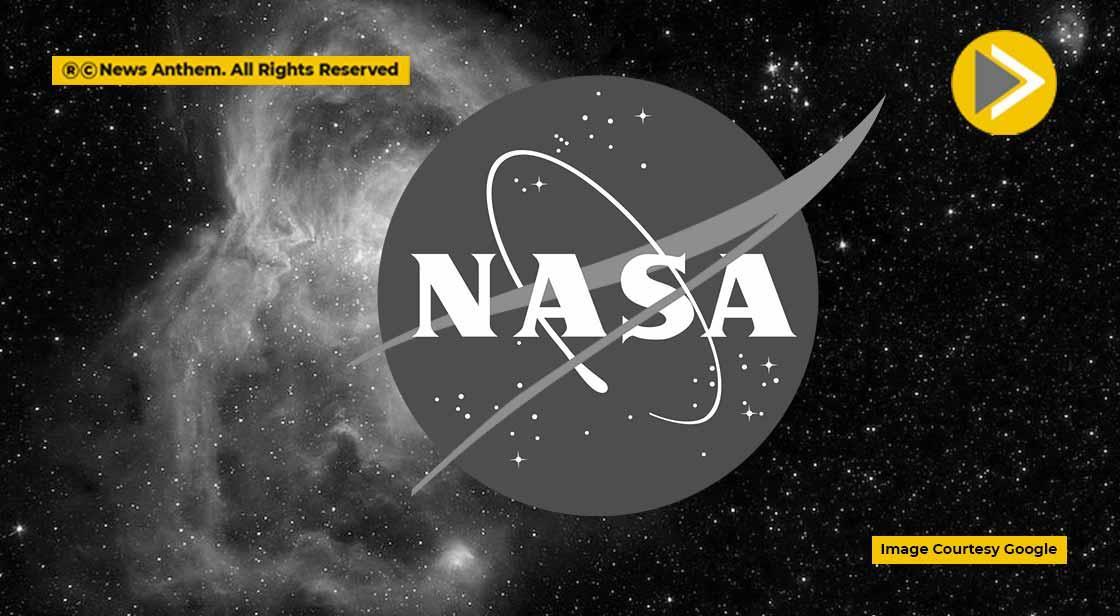NASA Watches Uranus Eclipse a Star, Revealing Atmospheric Insights

News Synopsis
NASA astronomers were presented with a rare observational event when Uranus passed in front of a distant star—a phenomenon known as a "stellar occultation." The event occurred on the morning of April 7, 2024, and lasted approximately one hour.
It marked the first bright Uranian occultation in nearly three decades, the last one occurring in 1996. The occultation was visible primarily across western North America.
To seize this rare opportunity, the Langley NASA Research Center coordinated with an international team of over 30 scientists, who pooled data from 18 observatories. This combined effort was critical in reconstructing the planet's atmospheric phase coverage, allowing scientists to explore its vertical structure with unprecedented detail.
What Scientists Discovered About Uranus
New Details Emerge on Atmosphere and Rings
According to a report by Space.com, planetary scientist William Saunders emphasized the scale and impact of the mission.
“By observing this occultation from so many large telescopes at so many altitudes, we can determine the temperature structure of Uranus' atmosphere at a level of detail that was not possible before,” Saunders stated.
NASA added that this newly gathered data may significantly help in planning future exploration missions to Uranus, a planet long overshadowed by its gas giant cousins, Jupiter and Saturn.
Exploring Uranus’ Atmosphere: A Swirling Ocean of Ice and Gases
During the occultation, scientists successfully measured the chemical makeup and temperature of Uranus' stratosphere, revealing shifts not observed since the 1996 event. At nearly 2 billion miles (3.2 billion kilometers) from Earth, Uranus is classified as an ice giant and lacks a solid surface. Instead, it consists of swirling layers of water, ammonia, and methane clouds, overlaying a rocky core encased in hydrogen and helium.
Uranus: A Natural Laboratory for Planetary Science
Studying Weather, Storms, and Wind in a Giant Gas Ball
According to Emma Dahl, a postdoctoral researcher at the California Institute of Technology:
“We can find out why we have clouds, why we have storms, and why we have wind, not from the many thousands of objects that we have on the surface here on the Earth, but from the total atmosphere that we have over the mountain.”
The research highlights how planets like Uranus can act as natural laboratories, helping scientists understand atmospheric phenomena in a way that's difficult to replicate on Earth.
What’s Next for Uranus Observations?
Future Occultations and the 2031 Event
NASA officials noted that Uranus will pass in front of several dimmer stars over the next six years, providing more opportunities for study. However, the next major occultation involving a brighter star is expected in 2031, giving scientists a chance to refine their models of Uranus’ active atmosphere and fragile ring system.
Conclusion
NASA’s observation of the Uranus occultation on April 7, 2024, marks a significant step in deep space planetary research. As the first bright Uranian occultation since 1996, it brought together 30+ international scientists across 18 observatories, showcasing the power of collaborative science.
By examining changes in the planet’s temperature and atmospheric composition, researchers have unlocked new perspectives on Uranus’ swirling atmosphere and delicate ring system.
The planet’s distance and lack of a solid surface make it a compelling analog for understanding complex weather patterns and atmospheric behavior. With more stellar occultations predicted in the coming years and a major one lined up for 2031, NASA and its global partners are poised to further demystify one of the most underexplored worlds in our solar system.
These findings could play a critical role in shaping the future of Uranus exploration missions, possibly setting the stage for in-depth robotic or orbital investigations.
You May Like









